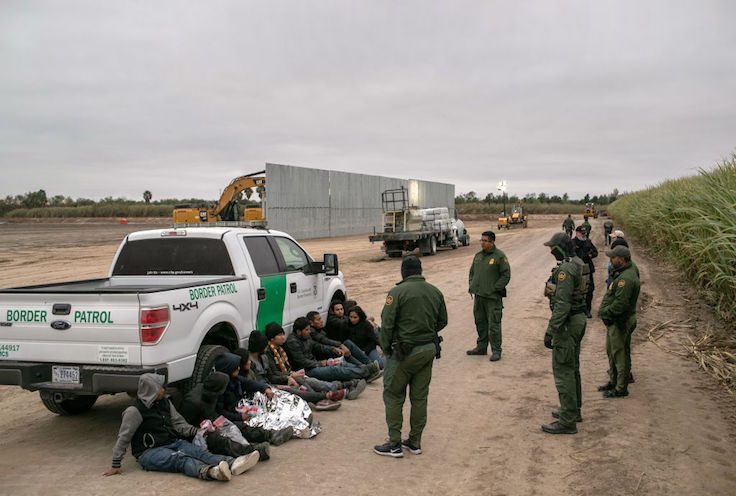Forced to divert resources to address the border crisis, U.S. Immigration and Customs Enforcement (ICE) arrested 13,000 fewer criminal aliens in 2019 than in 2018.
ICE's Fiscal Year 2019 Enforcement and Removal Operations report, released Wednesday, showed an agency still struggling with the aftereffects of the nearly one million people who were apprehended illegally crossing the border in the last fiscal year. While criminals still made up 86 percent of those ICE arrested, the overall drop left thousands of criminal illegal immigrants on the streets.
"There is no doubt that the border crisis, coupled with the unwillingness of some local jurisdictions that choose to put politics over public safety, has made it more difficult for ICE to carry out its congressionally mandated interior enforcement mission," ICE acting director Matthew Albence said. "No matter where you live in the U.S., your safety is impacted by criminal aliens who came to this country illegally and now live in your neighborhoods."
The report's findings indicate that the border crisis, and Congress's inability to address its underlying causes, continues to have an effect on American communities even as it shows signs of abating.
According to its own figures, ICE deported more than 267,000 people with final orders of removal in 2019, an increase of about 10,000 from the previous fiscal year. At the same time, ICE's Enforcement and Removal Operations unit arrested 143,000 people, a 10 percent drop-off. Arrests of criminals dropped 14 percent, a reduction of 13,000.
Among those that ICE did arrest, more than 120,000 were either convicted of a criminal offense or had been arrested pending criminal charges. Those included 1,900 homicide offenders; 1,800 kidnappers; over 11,000 sex offenders, including 5,000 who had been charged with sexual assault; 45,000 assaulters; 67,000 drug offenders; and 10,000 weapon offenders.
The report attributed the decline in criminal arrests to the enormous demands placed on ICE and other immigration enforcement agencies by the crisis at the southwestern border. Approximately 350 ERO officers were diverted to the border to aid in apprehensions, while hundreds more dealt with the effects of increased detention and case management requirements.
The average daily population in ICE detention facilities was more than 50,000, a 19 percent increase over 2018—this, in spite of the fact that the average length of stay across all immigration detention facilities actually fell in 2019, down to 34.3 days from 39.4 days in 2018. The number of individuals on ICE's "non-detained" immigration court docket exploded as well, surpassing three million for the first time ever.
The wave of illegal immigration that so taxed the enforcement system over the past 12 months does show signs of coming to an end. Data recently released by CBP indicate that apprehensions returned to pre-crisis levels in October and November, now less than a third of their May peak of nearly 145,000 people apprehended in a single month. That decline may represent some change on the ground, in particular enhanced enforcement on the part of the government of Mexico, but it may also reflect a seasonal decline as winter approaches.
